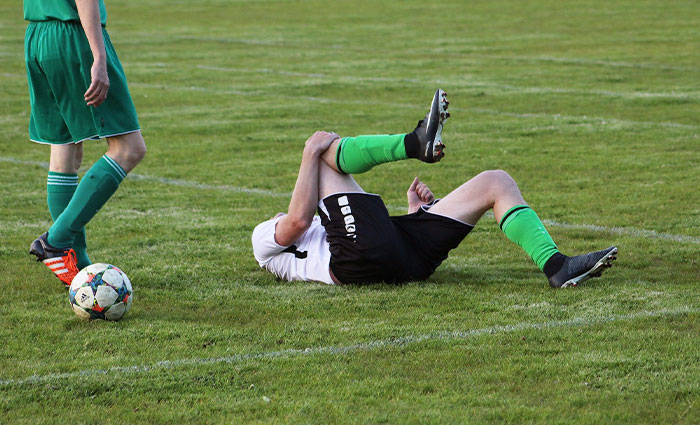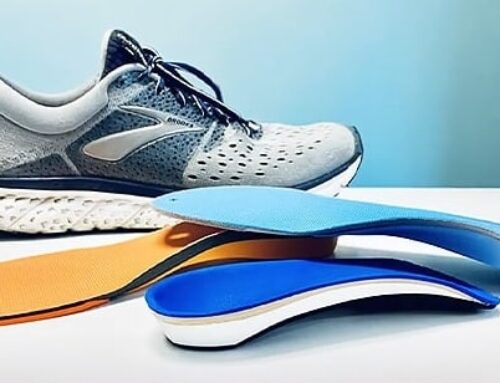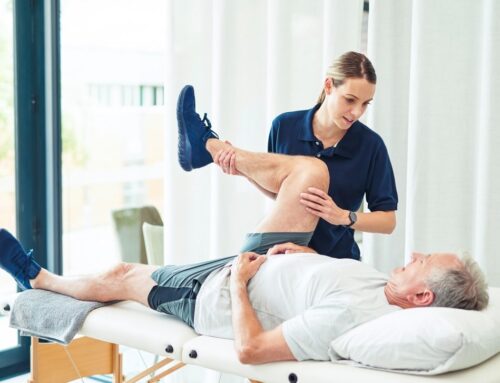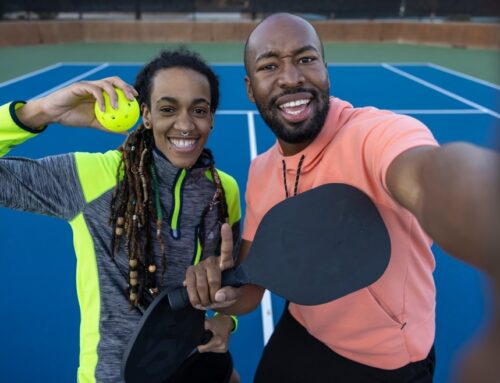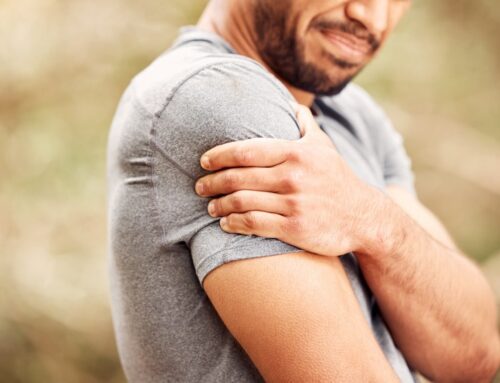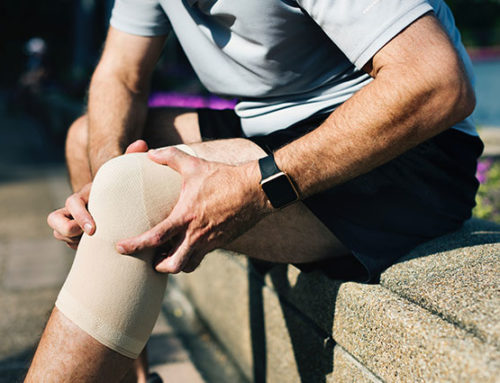The anterior cruciate ligament (ACL) is one of the most critical components within the knee. Running through the middle of the knee, the ACL controls the motion of the joint and provides stability. As one of the more functional and essential parts of the knee, damage to the ACL can cause serious and long-lasting mobility issues.
ACL sprains and tears are common in sports and physical activities involving quick stops, changes in direction or direct contact with the knee. The severity of an ACL injury varies greatly, from minor strains to severe hyperextensions and tears. Understanding whether your ACL is sprained or torn is critical to apply the appropriate treatment.
Signs and symptoms of an ACL injury
Many athletes who suffer an ACL tear note an audible “pop” or snapping sound and sensation as the injury happens. The onset of symptoms is immediate in most cases and often includes:
- Decreased range of motion in the knee
- Severe pain, soreness and tenderness along the joint
- Rapid swelling
- Instability and discomfort while walking or supporting weight (knee buckles)
There are three identifiable levels of ACL injuries, referred to as “sprains” in their official characterization:
- Grade 1 Sprain: Stretched but not ruptured
- Grade 2 Sprain: Stretched to the point of loosening, often considered a partial tear
- Grade 3 Sprain: Torn into two pieces, rendering the joint completely unstable
Advanced ACL injuries were once considered career-ending for many athletes, but modern medical procedures have allowed for full or near-full recovery within several months. Depending on the severity level, at-home rehabilitation may be adequate, but a grade 3 sprain will most likely warrant medical treatment and surgery.
Treating a sore ACL
For a stretched yet intact ACL, protective knee coverings and physical therapy can restore motion and stability. Treatment for a partially torn ACL, in the absence of surgery, will usually entail a three or four-month rehabilitation period of physical therapy and follow-up visits with your orthopaedic doctor. Activity level and lifestyle are key considerations when determining the proper treatment for a sprained ACL.
Home remedies for ACL sprains
- R.I.C.E.: Rest the joint, ice every few hours, compress with elastic bandages or wraps and elevate the knee
- Use crutches and knee braces to limit weight-bearing
- Take anti-inflammatory OTCs to relieve pain and swelling
- Perform stretching and strengthening exercises: quad sets, heel slides, straight-leg raises and knee extensions
When to seek medical care for an ACL injury
Showing symptoms of an ACL injury is cause to schedule a visit with an orthopedic doctor, especially if you have significant mobility issues. If you lead an active lifestyle or your work requires heavy exertion, even minor sprains should be assessed to prevent further damage. To fully determine the extent of the injury, an MRI scan is employed. An X-ray may be performed to assess damage to the surrounding bone.
Rehabilitation is the first step in many medical treatments, particularly if your regular lifestyle puts little strain on your knees. You may spend several weeks working with a physical therapist, engaging the area through a custom exercise program and protecting it with wraps and braces.
ACL surgery
For more active individuals and athletes, or for severe knee injuries, doctors may recommend surgery. A completely torn ACL cannot be reattached and requires full reconstruction. Arthroscopy surgery is used as a less invasive measure that promotes shorter hospitalizations and faster recovery. The surgeon removes the damaged ligament and applies a replacement tissue graft, often a tendon from elsewhere in the knee or leg. The graft acts as a bridge for the new ligament to grow on and reconnect the bones.
A lengthy rehabilitation period will follow surgery. Full range of motion, strength and stability may not be realized for up to 12 months or more following surgery. Regular follow-up visits with your doctor and physical therapists are necessary to assess progress and readiness to return to certain activities accurately.
Preventing ACL injuries
Regular training and exercise can help build resistance to ACL injuries. Activities to strengthen the core and leg muscles build balance and improve stability. Training yourself on the proper technique for stopping, lifting, pivoting and otherwise engaging the knee can reduce the risk of stress. During activity, proper footwear and preventative padding significantly reduces the risk of injury. Physical therapists are excellent resources for effective and specific techniques.
Treatment for ACL injuries in Cary, Holly Springs and Morrisville
Treating ACL injuries is far less of a mystery these days and even the most advanced tears can fully heal with modern surgical procedures. Concerns over ACL strains and tears should not keep you from engaging in the activities you love.
At Cary Orthopaedics, our specialists have extensive experience in diagnosing and treating the complete spectrum of knee and ACL issues. We are often able to treat injuries and conditions without surgery using treatments such as injections to reduce inflammation and/or strengthening through physical therapy. Our goal is to achieve the shortest recovery time along with the best outcome for our patients. If you or a loved one have experienced an ACL injury, contact one of our orthopaedic specialists today.

